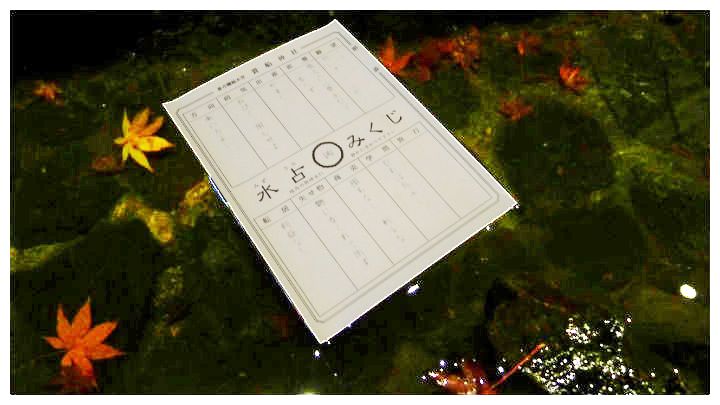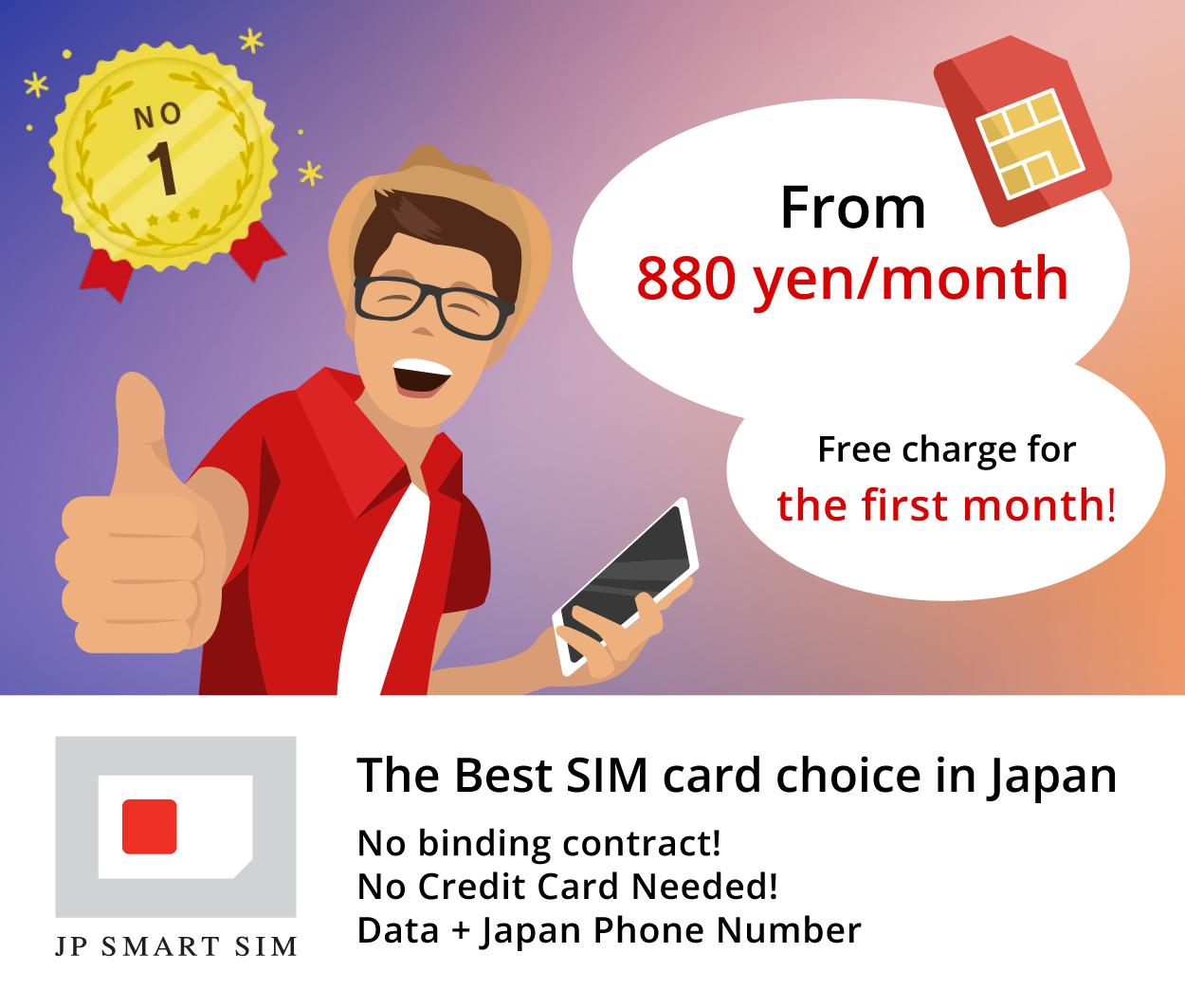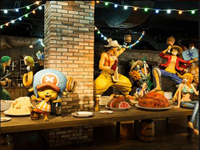Kifune Shrine


(Source: gandhi / PIXTA)
Mizu-ura Mikuji (Water Paper Fortunes)
The most popular attraction of Kifune Shrine are the "mizu-ura mikuji," fortunes that mysteriously appear on paper when placed into the sacred pools of water. It is said that the water deities know all, and that their readings are remarkably accurate. Be sure not to miss this rare chance when you come to visit Kifune Shrine.

(Source: BLAST / PIXTA)
Nakamiya, Yuinoyashiro
The main shrine located in the main building of Kifune Shrine is divided into the nakamiya (yuinoyashiro) middle shrine, and the okunomiya, rear shrine. It is in the nakamiya where the deity of love is enshrined. Kifune Shrine was originally a shrine dedicated to blessing couples and apparently holds a record for love prayers back in the Heian period.

(Source: hurricane / PIXTA)
Okunomiya
Kifune Shrine is recognized by many as a “power spot” in Kyoto, but it said that the okunomiya (rear shrine) holds the greatest amount of energy. From the shrine’s initial foundation until the year 1055, the okunomiya acted as the main shrine where deities dwelled, and so it is believed today that one can feel a special presence in this rear shrine. Next to the okunomiya is also a boat-shaped rock where many pray for safety on ocean voyages and travels.

(Source: 放し飼い / PIXTA)

(Source: ふくいのりすけ / PIXTA)

(Source: gandhi / PIXTA)
Mizu-ura Mikuji (Water Paper Fortunes)
The most popular attraction of Kifune Shrine are the "mizu-ura mikuji," fortunes that mysteriously appear on paper when placed into the sacred pools of water. It is said that the water deities know all, and that their readings are remarkably accurate. Be sure not to miss this rare chance when you come to visit Kifune Shrine.

(Source: BLAST / PIXTA)
Nakamiya, Yuinoyashiro
The main shrine located in the main building of Kifune Shrine is divided into the nakamiya (yuinoyashiro) middle shrine, and the okunomiya, rear shrine. It is in the nakamiya where the deity of love is enshrined. Kifune Shrine was originally a shrine dedicated to blessing couples and apparently holds a record for love prayers back in the Heian period.

(Source: hurricane / PIXTA)
Okunomiya
Kifune Shrine is recognized by many as a “power spot” in Kyoto, but it said that the okunomiya (rear shrine) holds the greatest amount of energy. From the shrine’s initial foundation until the year 1055, the okunomiya acted as the main shrine where deities dwelled, and so it is believed today that one can feel a special presence in this rear shrine. Next to the okunomiya is also a boat-shaped rock where many pray for safety on ocean voyages and travels.

(Source: 放し飼い / PIXTA)

(Source: ふくいのりすけ / PIXTA)






